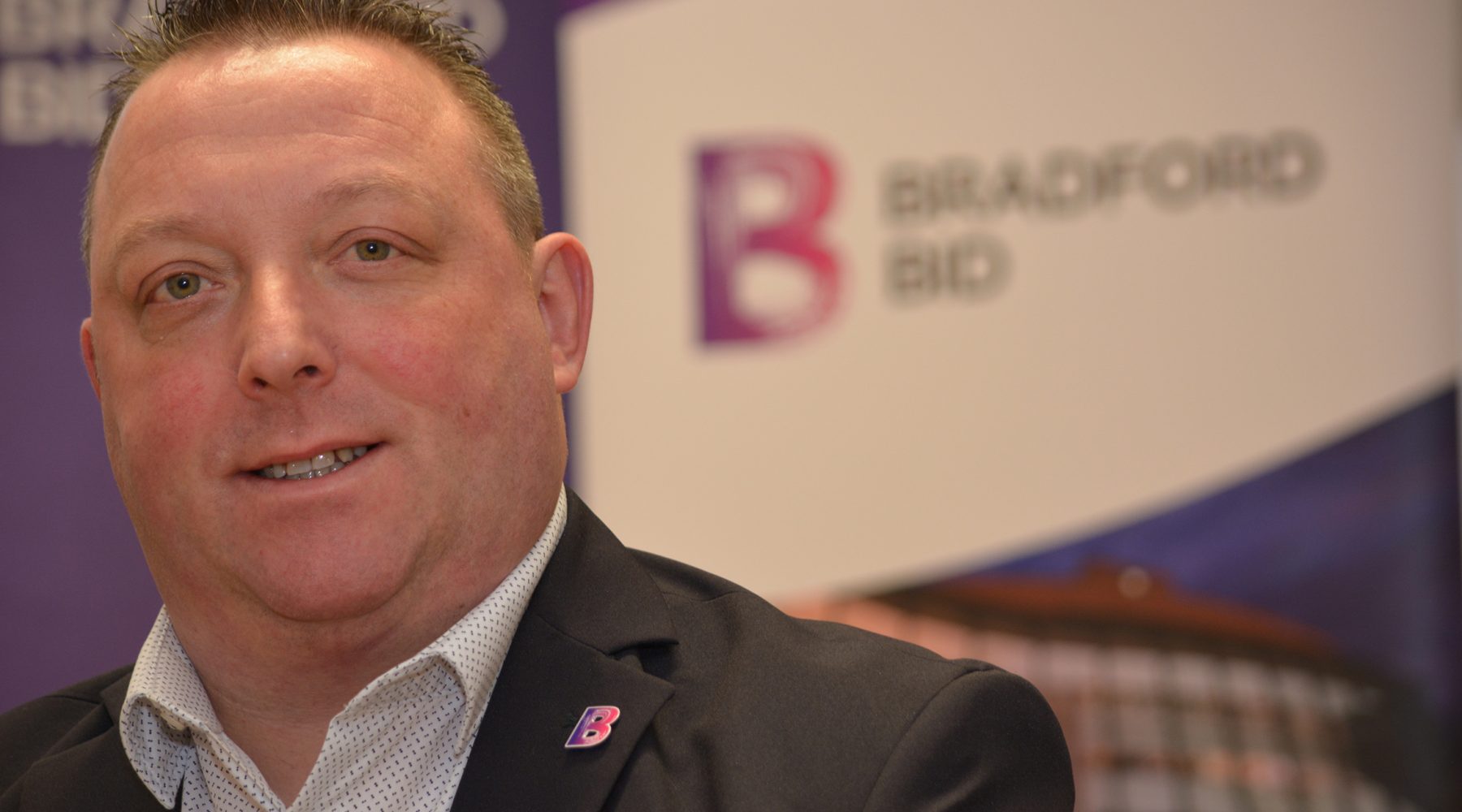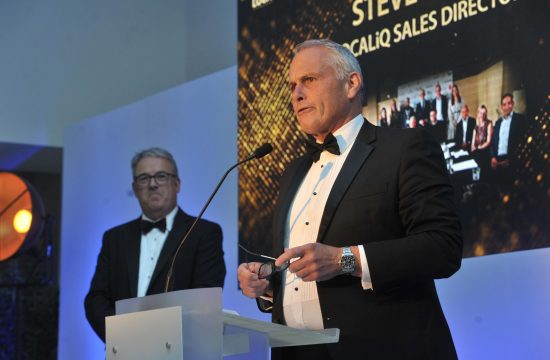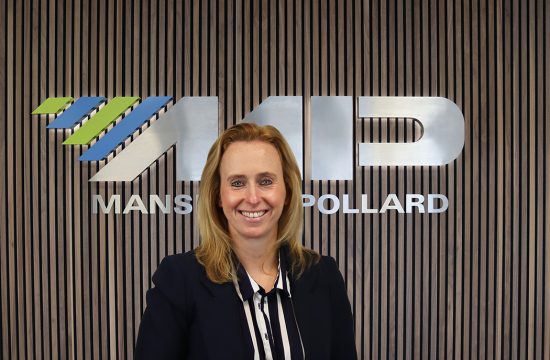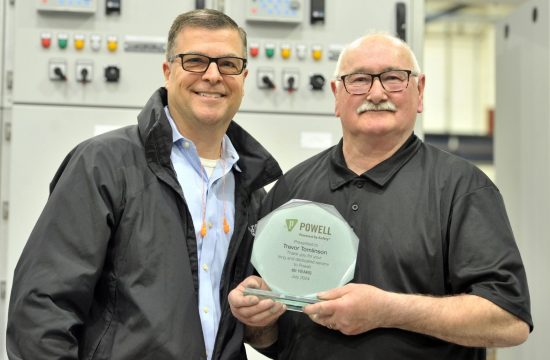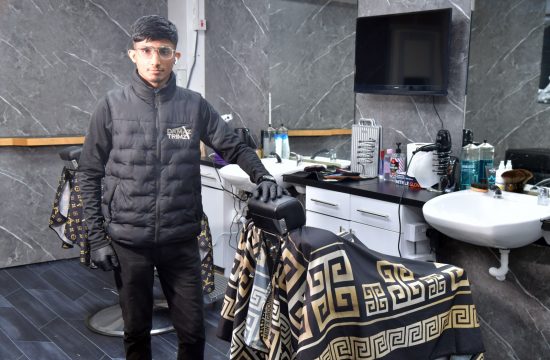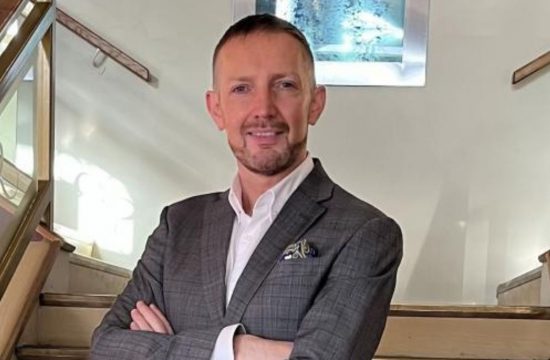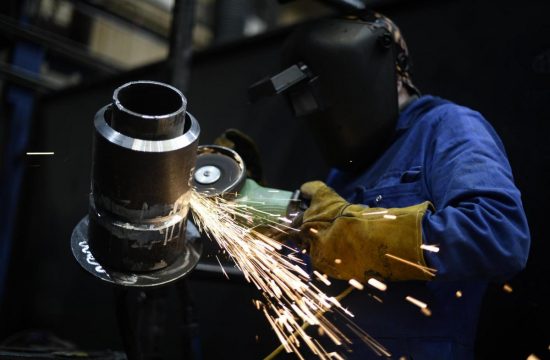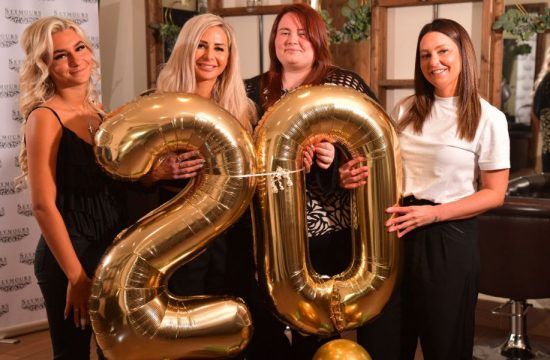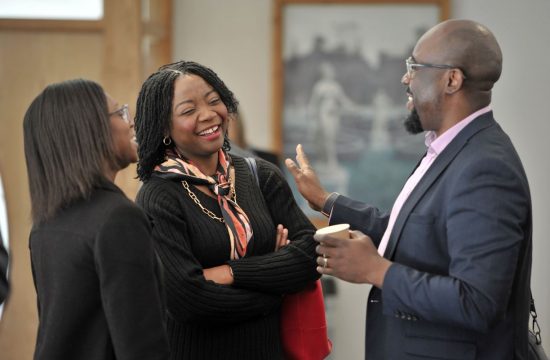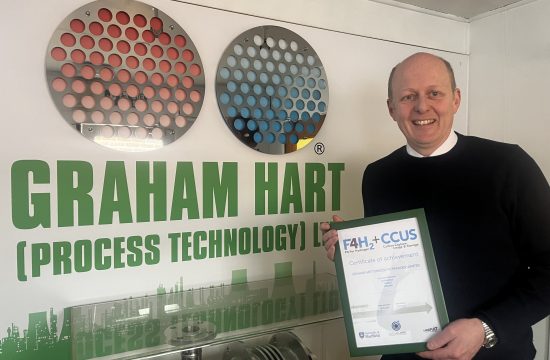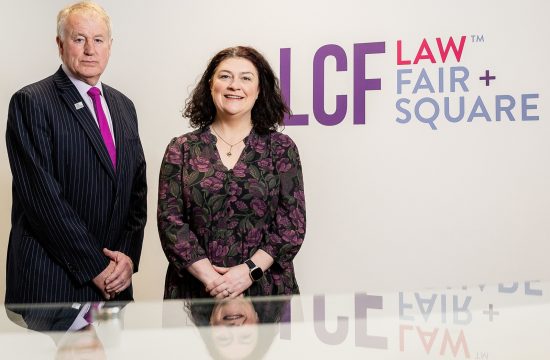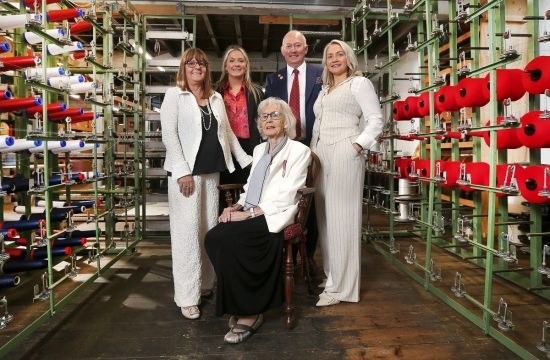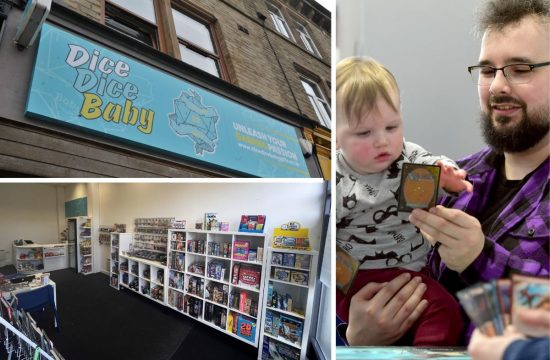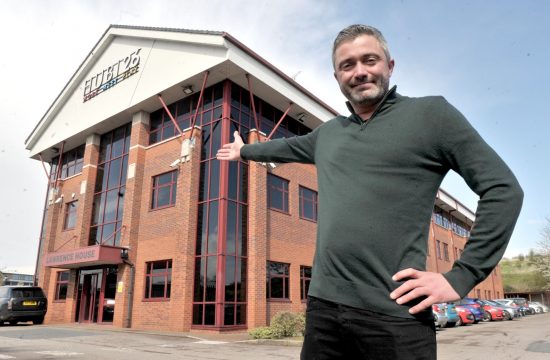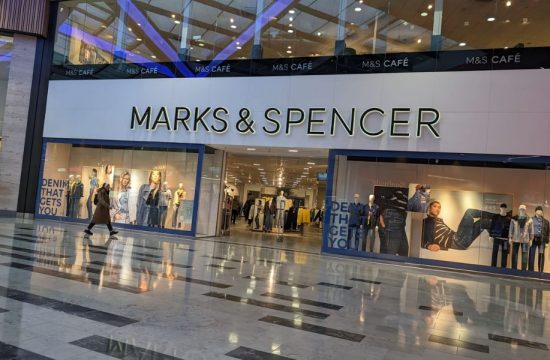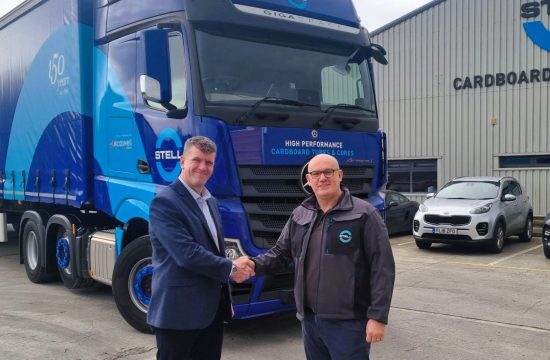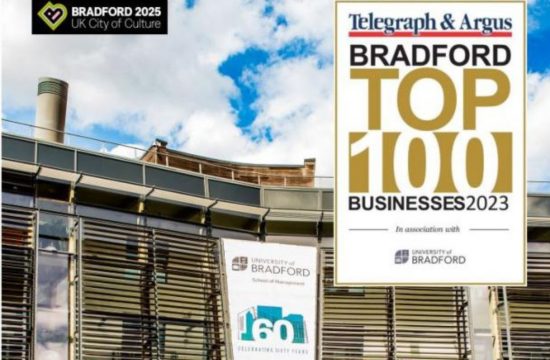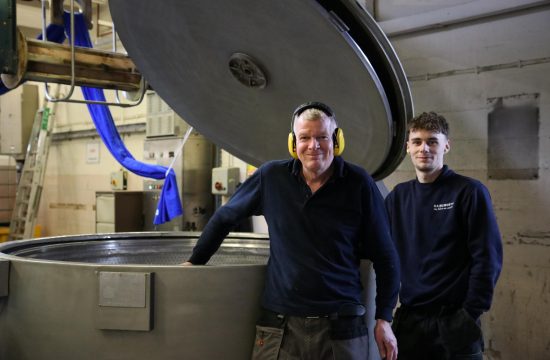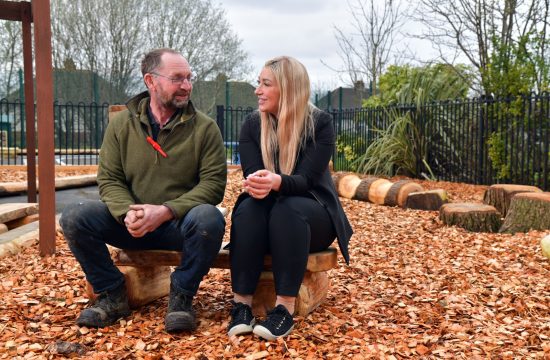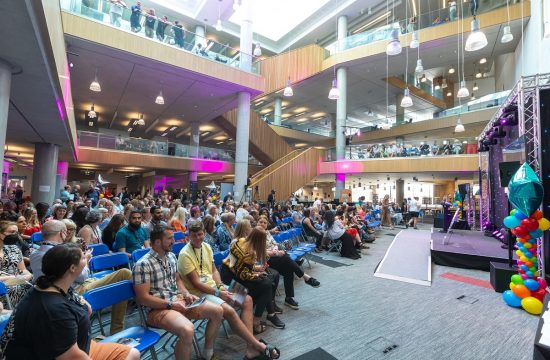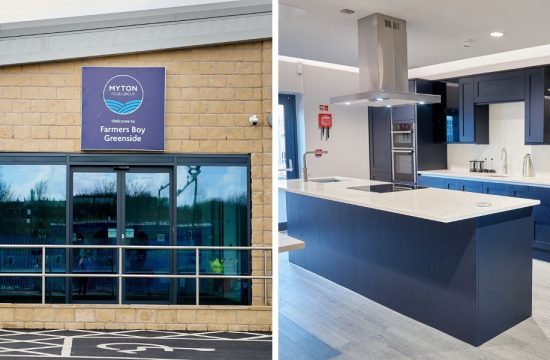Lifelong Bradfordian JONNY NOBLE has just become the manager of Bradford’s first Business Improvement District (BID). We asked him to look into his crystal ball and tell us what the future holds for the city centre and its businesses….
So, Jonny, the BID starts in earnest now. What’s the first thing the BID is going to look at?
The primary objectives are to identify, through the Business Plan, some quick wins for our levy-payers to make sure they are seeing a return on their investment very early on. These will be presented to the Board at the end of January for approval.
Once approved, the levy-payers, the users of the city centre, businesses, residents and visitors will start to see the BID on the streets delivering projects.
The Business Plan is split into four different sections. What are they and how will they work?
The BID is made up of four pillars – we like to call them the four pillars of success – and they are Clean, Safe, Alive and Promoted. They are very much the heart and soul of the Business Plan, and we’ll be having projects under each of the four pillars. For example, under Clean, the Council will continue to do what they do on a day-to-day basis and the BID will provide additionality – so we’re looking at hot-washing empty doorways, removing fly-posters off windows, a programmed longer-term strategy for the removal of chewing gum (which is very expensive but everybody realises it’s a blight on the high street), down to things like shop-wrapping empty units – where a unit has been empty for quite a while, the BID will come long and put a nice, attractive vinyl on there, with the letting agent’s details within the window rather than the traditional To Let boards, which look rather unsightly, at times, down a row of shops that may be vacant.
Going on to Safe, obviously we’re working very closely with partners in the city centre to see how we could change people’s mindsets. It’s perceived that the city centre is not safe which is not true at all – it’s a very safe city centre – so we need to change people’s perceptions. An easy example of this is lighting: when a street is light, it feels light, it feels welcoming and it also feels safe. So, a good example of that is to look at additional lighting in areas that, maybe historically, feel unsafe.
The city centre conservation areas are quite dark because of the tall Victorian buildings and then there is the traditional use of sodium lighting to be sympathetic to that streetscape. So, how can the BID work with those areas to improve the lighting while maintaining sympathy with the area that we’re in?
Those are the Clean and Safe pillars. What’s Alive all about?
Alive is very much about animating the streets, bringing the streets to life and making them feel much more enjoyable as you’re walking through on your daily commute or if you’re here for an event. So, we’re looking at a range of events which will complement the Council events, if they’re putting some on, but also bespoke events for BID levy-payers and by BID levy-payers. So, possibly, we’ll be looking at something like ‘Mardi Gras Bradford’, in conjunction with the businesses down on Ivegate, which is now developing as a destination. But we’re looking at a whole range of events throughout the whole year which will cater for all the family and all demographics.
I’ll mention the evening and night-time economy there, but on the other hand, for instance, do we put a giant beach at the side of the Mirror Pool and have a Bradford-by-the-Sea, by the BID? So there are all sorts of ideas to be worked up yet but Alive will be very visible, very present and we’ll bring in the footfall. Events will be strategically placed within the city centre demise area to drive footfall to our levy-payers, support their businesses and then, obviously, they will get involved with us to support the BID when events are being put on.
And then there’s Promoted?
Promoted is one of the most difficult ones to explain; Clean is very easy – you’re making something that’s dirty, clean. Promoted is very much more about getting the Bradford brand, firstly, recognised as a quality brand: the city centre has come on in leaps and bounds over the last three-to-five years, probably since the introduction of City Park and then The Broadway shopping centre. Going forward, we’ve got the NEC Odeon opening in two years’ time, we’ve got the new markets opening on Darley Street, so we need to make sure that people regionally, nationally and internationally realise that the Bradford brand is a strong brand for investment, for overseas students, and also making sure that, when we have events on, that we promote these and make sure people know about them. One of the things we hear quite often is ‘I didn’t know it was on until it was over’ which is quite painful to hear at times when there’s been so much work done to put an event on. So, we need to make sure people know about Bradford: the investment potential, the events, how clean it is, how safe it is and how alive it is.
When will people start to see something happening from the BID and what might that be?
I think people will really start to see the BID in action roundabout Easter. Obviously, we kick off in January but there’s a lot to do to agree the short-term projects. I’d like to think that around late March, roughly, we’ll start to see the BID on the streets, in people’s faces, so they realise the BID’s here, they can see the benefits for the businesses. There are about 630 businesses paying a levy and they want to see a return on that investment, they want to know what their money is being spent on and if they don’t see anything at all for a year, rightly so, there are going to be some challenges! The operating board and the [four] pillar chairs will be challenging us on what are we actually delivering. So by the end of March we’ll really start to see the Bradford BID “B” out in the city centre.
Who’s making the decision about what the projects are and how they’re going to work?
The four pillar chairs each have their own small team and they will come up with suggested projects and we’ll work them into a strategy – where, how and when it fits within the five-year term of the BID. We’ll then present them to the operating board. We need to be quite clear that the board meet quarterly so they will be looking at the bigger, more strategic projects but, with the quick ones – putting on an event in Ivegate, for instance – it will be more a case of telling them what we’re planning to do and inviting them to come along and enjoy it!
What would you like to have achieved 12 months from now?
Getting to the end of the first year, we’ll be looking at what’s worked, what’s been successful and, to me, if we’ve had between six and eight strong events that have driven footfall into the city centre, that will be one marker of success. We’ll be speaking to the businesses and finding out from them ‘Did it increase your footfall, spend, dwell time – all these key indicators on measuring success?’
Looking at Safe, we can’t have a massive impact on crime statistics because we’re not employing police officers. What we can do is have a look at having “ambassadors”, potentially, at key stations and points in the city centre, when we’ve got a big event on. So, a marker for that would be how many interactions we’ve had and the feedback that we get from members of the public. So they’ve come in to the event, they’ve parked up or come off the train, they’ve felt safe when they went to the venue and they’ve had a great time and gone home again. That kind of thing.
One really clear one is footfall. Looking at has the city centre footfall increased over the first 12 months of the BID, at press and PR to see how people’s perceptions are changing. We have seen a step-change in perception over the last two-to-three years and that needs to continue. We’re still not where we need to be for footfall and perceptions of Bradford so that would also be a measure of success.
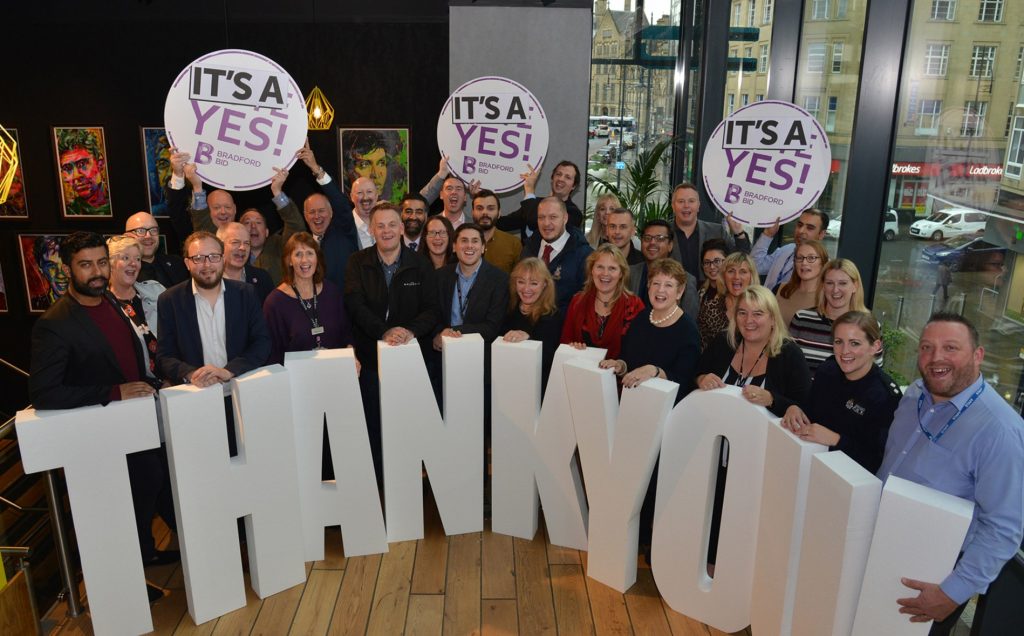
The BID’s first term ends in five years. What will the city centre be like and what do you hope will have happened as a result of the BID?
At the end of the five-year term – and there’s a lot of work to be done between now and then – the city centre will be different, we know that. The NEC Odeon will be in place, with One City Park there’ll be more Grade A office space in the city centre, the Forster Square rail station refurbishment will have been completed, Northern Powerhouse Rail and the Interchange work will be closer, we’ll have the city village at the top of town and we’ll have the new markets down Darley Street. So they’re all massive projects that are being worked up through the local authority and West Yorkshire Combined Authority and the BID needs to be part of that and a key stakeholder and be a lobbying representative for the levy-payers. At the end of the five-year-term, the city centre – in an ideal world – is going to be much, much cleaner and civic pride will be increased by that. It will feel safer because of the projects we have delivered, events will be embedded and growing and the city centre will be much more recognised as a venue, a location, a destination than maybe we are now.
Five years is a long time but it will go in the blink of an eye. The real measure of success – because in five years we go out to a re-ballot to see if the businesses want to continue with the BID – will be if we get a strong ‘Yes’ vote (which we expect we will!) Then we’ve done OK for the first five years.
One last question: what can businesses in the city centre do to help the BID become a success?
The income for the BID is raised by the businesses themselves… it’s their money, it’s how they want to spend it. The Business Plan is really clear and we can deliver on the projects – no problem. What we need from businesses now is buy-in. An example would be North Parade, when the BID but on an event there, say a street party, we want the businesses to add something to what they would normally do. So help us to help you, is a key message. Also, when there are big events on in the city centre generally – it may be the BID that’s put the event on, it may be in conjunction with the Council or another event organiser – we want them to get involved, to promote it, to do special offers maybe and to feel ownership of the BID. It’s their money. They agreed the Business Plan and voted on it, we’re here just to deliver it on their behalf. They need to be talking to us, engaging with us but taking ownership and actually feeling a pride in the city centre and what the Business Improvement District is there to do.



